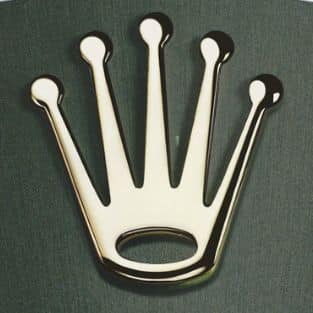Sand Casting, also called sand molded casting, is an industrial process which makes use of non-reuseable sand molds to shape metal castings into precise sizes and shapes. This is an extremely popular manufacturing method for all kinds of metal casting from a few grams to several tons. Sand casting isn’t only applicable in cases where the end product should have a large surface area, but it also can make extremely complex or detailed casts and can even cast most any alloy. However, even though it has so many potential applications, sand casting has its own disadvantages.
One of the advantages of using sand casting parts is its low cost. Although the final product may look similar to stamped or die-cast metals, the process itself does not require extensive equipment or work space. The most expensive part of the process is heating the sand – which may be done through conventional burning, gas flame, or cold press formation – and pressing the mold. Should you cherished this information and you wish to acquire more details with regards to cast metal generously check out our own web-page. Other materials such as polyethylene are also sometimes used for low cost plastic fabrication. A disadvantage of this process is that it may not yield the accurate diameter that is required for certain metal mixtures or may break dimensional material during the molding process.
Many individuals have discovered sand casting parts for their home projects because it is widely used in home furniture and decorative pieces. The advantage of using these products is its affordability. These castings can either be purchased directly from suppliers or they can be ordered from online stores and catalogs at reasonable prices. In addition, it is widely used in producing jewelry pieces, car parts and other consumer goods. In addition to being low cost and widely available, the wide choice of colors and styles make sand casting parts a favorite among customers. They are available in a number of shapes and sizes, allowing you to easily choose the best ones.
A disadvantage of using sand-casting parts is the unevenness of the cast part surfaces. This results in a flatter, more sloppy look than if the parts were perfectly polished. Therefore, the parts produced by the sand-casting process have slightly irregular shapes. In addition, because the parts are not perfectly smooth and evenly shaped, they may not be perfectly compatible with some other parts used in the same project.
Another disadvantage of using this casting process is that it requires a large cooling area to cool down the molten metal. Because the castings are molten at high temperatures, they need to be cooled down inside a closed environment. Without access to cooling vents, the parts are likely to overheat and suffer pitting or peeling. Some parts are not suitable for use on medical applications, because of the chances of burning or scalding.
One of the main disadvantages of the sand casting technique is the fact that there are a number of possible investment casting flaws. Sand cavities can develop all over the surface, creating large flaws that may not be immediately obvious. In addition, because the material is so close to the surface, these imperfections show up as tiny flaws that are difficult to see. The problems with cavities become worse if the material is exposed to moisture. These flaws are generally much more apparent on the polished surfaces, although they still affect the polished surfaces.
The best metals to use in the sand casting process are iron and non-iron materials. The non-iron castings tend to have a smoother surface than iron castings, making them ideal for jewelry and other fine products. Some of the most commonly used non-iron parts are sterling silver, copper, brass, pewter, brass, tin and zinc. Some of these parts also have ceramic components, which can be very useful for the sand casting process.
There are a number of different types of sand casting parts, depending on the type of material being cast. Many different types of materials are found in the construction industry and this has lead to an increase in the variety of different types of castings being produced. A lot of different types of these parts can be found online.



